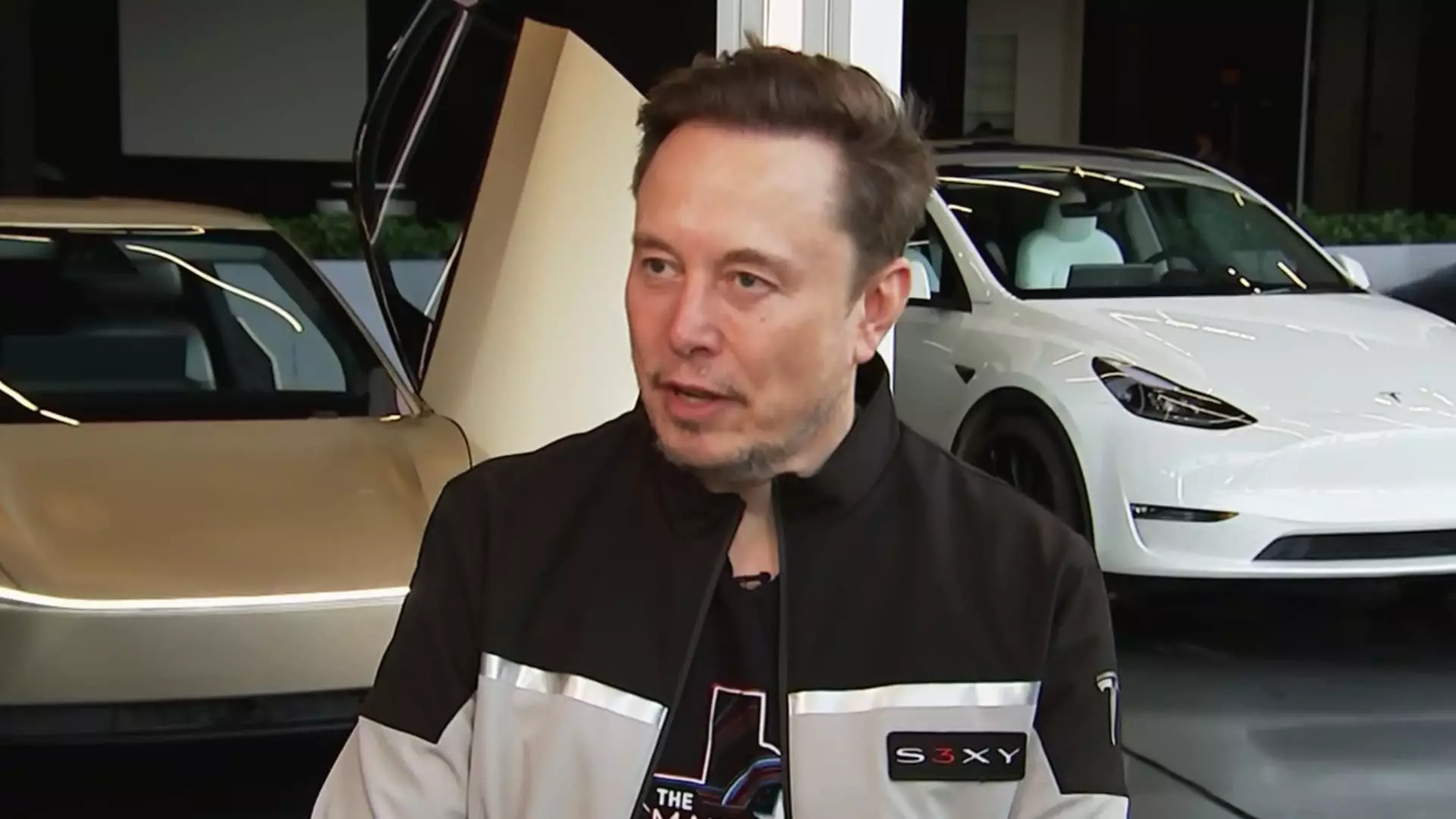In a significant move, Tesla CEO Elon Musk has announced plans for the introduction of robotaxis in Austin, Texas, by the end of June. This ambitious initiative is not simply a technological milestone; it marks a paradigm shift in the future of urban transportation and the way people interact with mobility solutions. During an interview with CNBC, Musk shared that Tesla will launch these autonomous vehicles starting with a modest fleet of ten Model Y vehicles. If successful, the program could grow exponentially, eventually deploying thousands of vehicles throughout the city. This aggressive scaling strategy reflects Musk’s daring vision for a future where driverless cars become commonplace on city streets.
Musk’s insistence that the rollout will commence cautiously is both strategic and compelling. By starting small and allocating resources efficiently, Tesla can meticulously evaluate system capabilities and address any unforeseen challenges. This approach aligns well with the principle of progressive risk management in innovation, particularly as the company seeks to safeguard the reputation of its ambitious aims. A cautious approach can build consumer trust, a vital component in an industry that has historically been fraught with skepticism regarding self-driving technology.
Learning from Competitors: The Tesla Distinction
Unlike Alphabet’s Waymo, which boasts a sophisticated sensor suite comprising lidar and radar, Musk has maintained that Tesla’s method—primarily dependent on a complex network of cameras and AI-driven algorithms—offers a more feasible pathway toward scalability and widespread adoption. While Waymo has indeed established itself with successful driverless ride-hailing services averaging 250,000 paid trips per week, Musk’s strategy suggests confidence in a more streamlined technological model that he believes is both sustainable and efficient.
Musk’s announced variations in the operational model, including the “geofencing” of the robotaxi fleet and the absence of a human safety driver, indicate a significant trust in Tesla’s AI capabilities. This move may also effectively mitigate risks associated with potential mishaps. For many observers, the shift from human-controlled vehicles to driverless fleets epitomizes a dissonance in public readiness for such advanced technologies, yet Musk’s broader vision hints at an inevitable acceptance of AI in everyday transport.
Addressing Challenges: Sales and Political Intricacies
As with any breakthrough innovation, hurdles remain. Musk faced questions regarding declining electric vehicle sales, reporting a noticeable 20% drop in automotive revenue in the first quarter of 2025. The assertion that production lines must be retooled for the new Model Y suggests that rapid innovation can sometimes backfire, putting temporary pressure on market performance. However, Musk quickly noted a rebound in consumer demand, hinting that the public’s enthusiasm for electric vehicles—especially from a brand as emblematic as Tesla—could counterbalance these recent challenges.
Additionally, Musk’s foray into the challenging political arena—specifically his engagement with the Trump administration—has stirred controversy and opened doors for criticism. As the world’s wealthiest individual with a multi-faceted portfolio that includes tech and space exploration, Musk’s political ties could alienate some consumers. Yet he raises an interesting question: how much do consumers really care about the political affiliations of those behind the products they purchase? This friction reflects broader societal issues involving brand loyalty and personal values, which are especially prevalent in today’s politically charged climate.
The Road Ahead for Tesla
Musk’s commitment to Tesla’s future for another five years is a testament to his dedication to pushing the boundaries of technology. He is not merely content with minor evolutions; rather, he is determined to redefine transportation as we know it. With substantial developments underway in Austin and ambitious plans for expansion into Los Angeles and San Francisco, Tesla’s developments will undoubtedly be pivotal in shaping the future of urban mobility.
Despite the risks that accompany bold innovation, the potential for transformative change is tangible. As Tesla continues to navigate complex streets—both figurative and literal—the world watches intently, poised for a reality where human drivers may one day be supplanted by their computerized counterparts.

